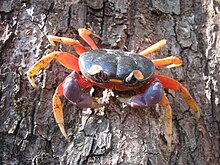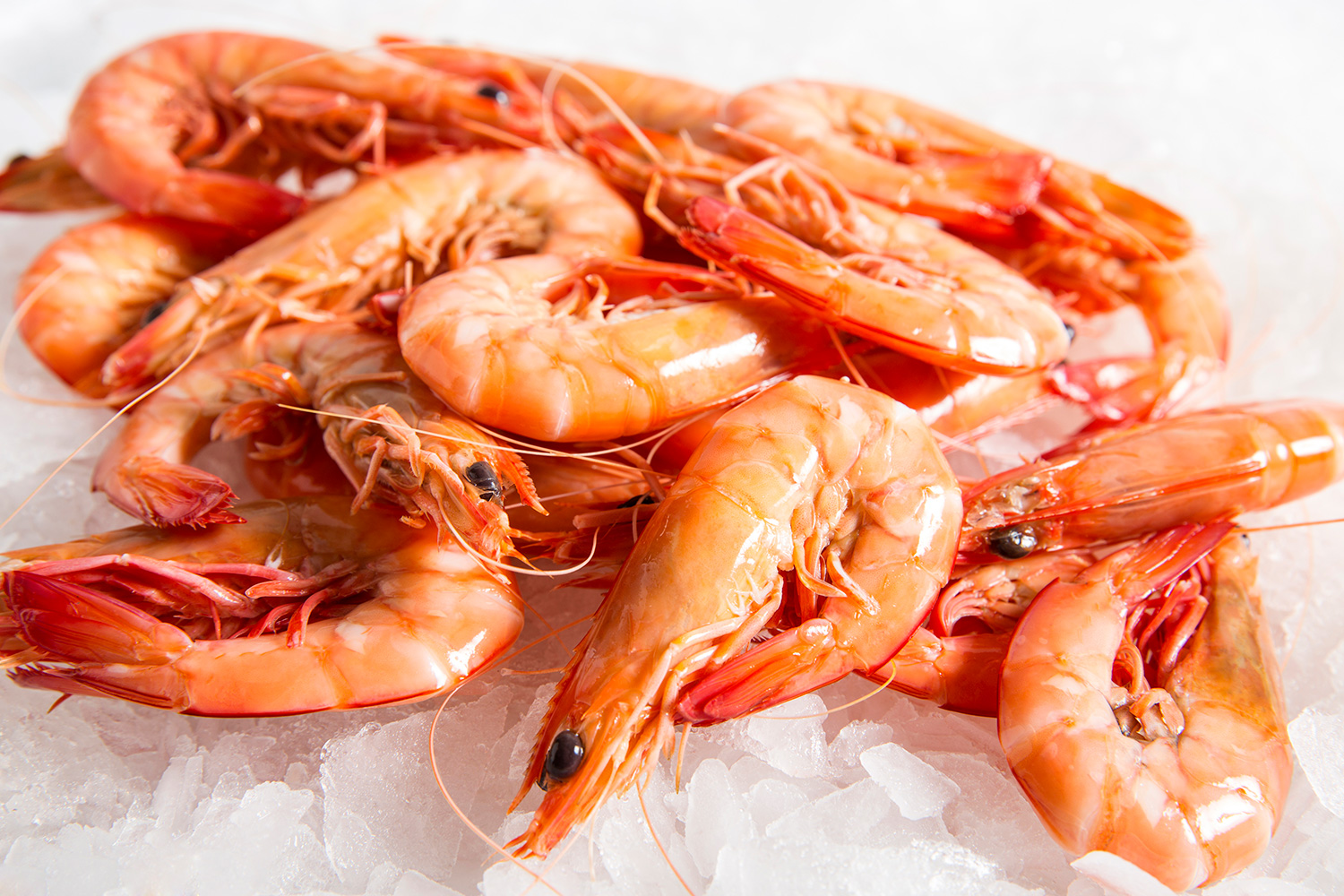Seafood encompasses a wide variety of aquatic life forms that are consumed by humans, including fish, shellfish, and other marine and freshwater organisms.
Seafood is a significant source of nutrition and a staple in many diets around the world. It is also culturally and economically important, with a diverse range of species harvested from oceans, rivers, and lakes.
Periwinkles
Periwinkles and snails, while not the same, are both gastropods that appear in so many of the world’s great cuisines.
How to Eat a Periwinkle
Periwinkles on the other hand, require little patience but a considerable amount of know-how. To eat a periwinkle, you must bring the opening of the shell to your lips and suck: not too forcefully like a vacuum but not too gently, either. At first you’ll receive a slight rush of the oceanic juices within, as sweet and as ambrosial as can be. While you’re sucking, lower the tip of your tongue to the opening of the shell and use just slightly more pressure to bring out the tip of the animal itself. The flesh will be stuck to a small, perfectly round piece of armor, the periwinkle’s last defense against the outside world. Find that circular piece of shell, and use a toothpick or the tip of a pointy chopstick to scoop out the meat. And there you have it: the somewhat complicated, though not time-consuming way of getting at periwinkle meat. Fear not if this sounds too tiresome. You’ll get it by the dozenth or so periwinkle.

Crabs
They have a very short projecting tail-like abdomen, usually hidden entirely under the thorax .They live in all the world’s oceans, in freshwater, and on land, are generally covered with a thick exoskeleton, and have a single pair of pincers on each arm.

Crabs are generally covered with a thick exoskeleton, composed primarily of highly mineralized chitin. Behind their pair of chelae (claws) are six walking legs and then two swimming legs. The crab breathes through gills on its underside; gills must be at least moist to work.
Crayfish
Crayfish, also known as crawfish, crawdads, or freshwater lobsters, are small crustaceans found in freshwater environments such as rivers, streams, ponds, and lakes. They are closely related to lobsters and share many physical characteristics, though they are generally much smaller.

PRAWNS
Prawns are a type of marine crustacean that are widely consumed around the world. They are closely related to shrimp but differ in some biological and physical characteristics. Prawns are found in various environments, including freshwater, brackish, and saltwater, and they play a significant role in both natural ecosystems and culinary traditions.

 Physical Appearance:
Physical Appearance:
-
- Body Structure: Prawns have a long, segmented body with an exoskeleton that provides protection. Their bodies are divided into three main parts: the head, thorax, and abdomen.
- Claws: Prawns have three pairs of claw-like legs (chelipeds), with the second pair typically being larger than the first. This is a distinguishing feature from shrimp, which usually have two pairs of claws.
- Size: Prawns tend to be larger than shrimp, though the size can vary significantly depending on the species.
- Color: Prawns can vary in color from pink, red, brown, to greenish, often depending on their environment and species.
Shrimps
Shrimps are small, aquatic crustaceans that are widely distributed across various marine and freshwater environments. They are an essential part of the food chain in their habitats and are also highly valued in global cuisine. Here’s a detailed look at shrimps:
Physical Appearance:
-
- Body Structure: Shrimps have a long, slender, and segmented body covered by a chitinous exoskeleton. Their bodies are divided into the head, thorax, and abdomen.
- Claws: Shrimps typically have two pairs of claw-like legs (chelipeds), with the first pair usually being larger than the second.
- Size: Shrimps are generally smaller than prawns, though there is considerable size variation among different species.
- Color: Shrimps can range in color from translucent, grayish, brown, pink, to vibrant reds and blues, depending on the species and environment.


